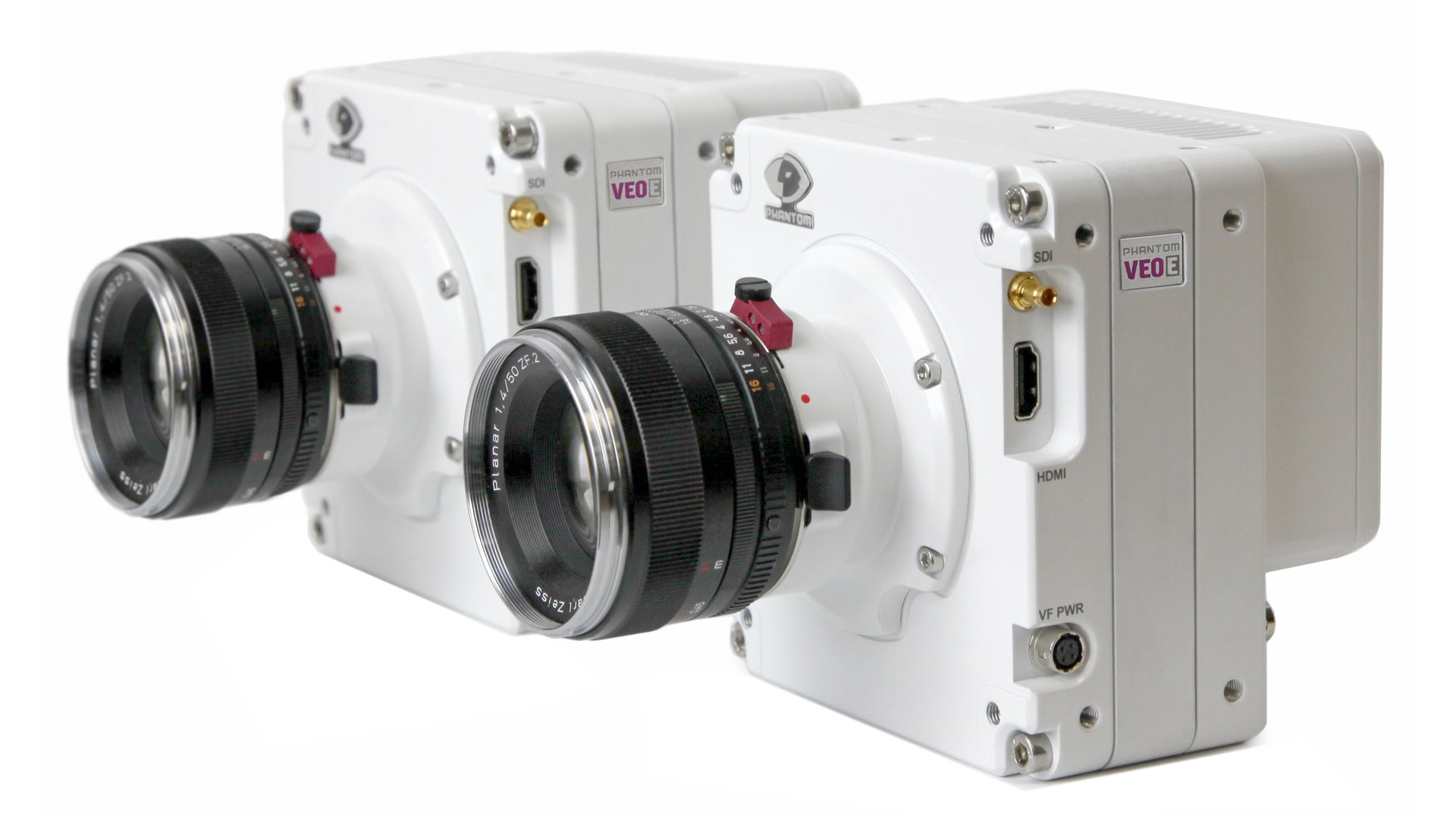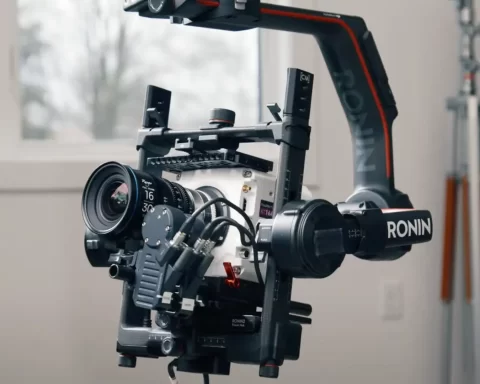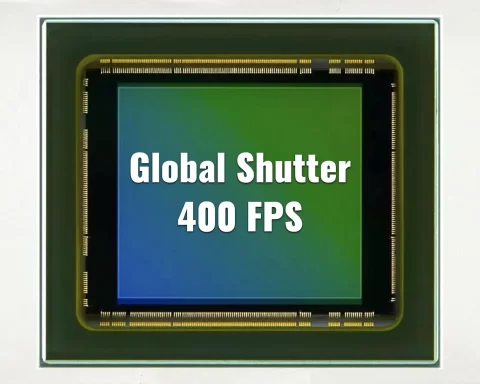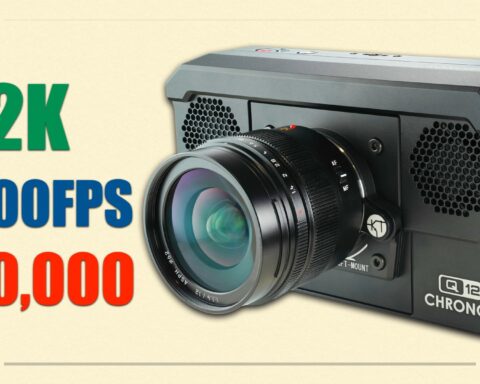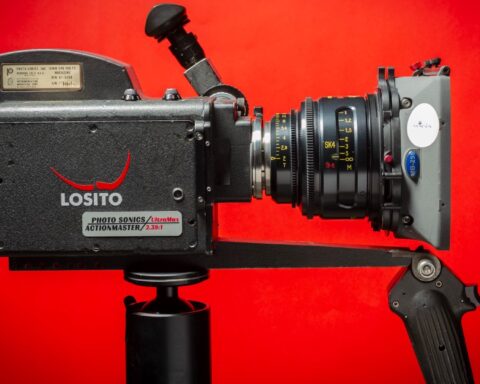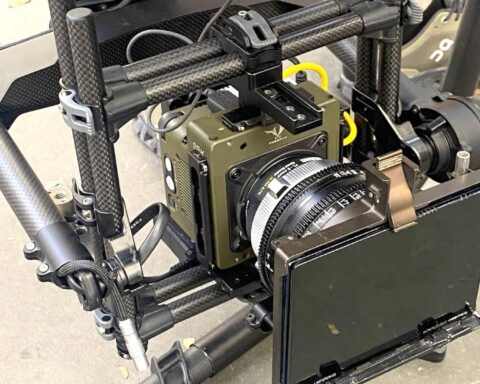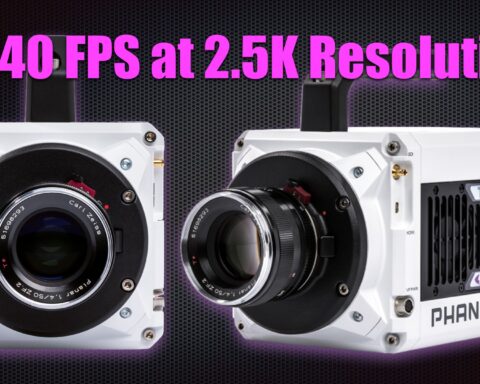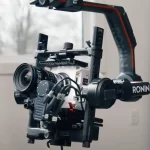Vision Research introduces two new members of the compact and more affordable Phantom VEO family: The E-310L and E-340L. The VEO-E constitutes a budget friendly solution for industrial, research applications and film production environments when ultra high FPS is needed.
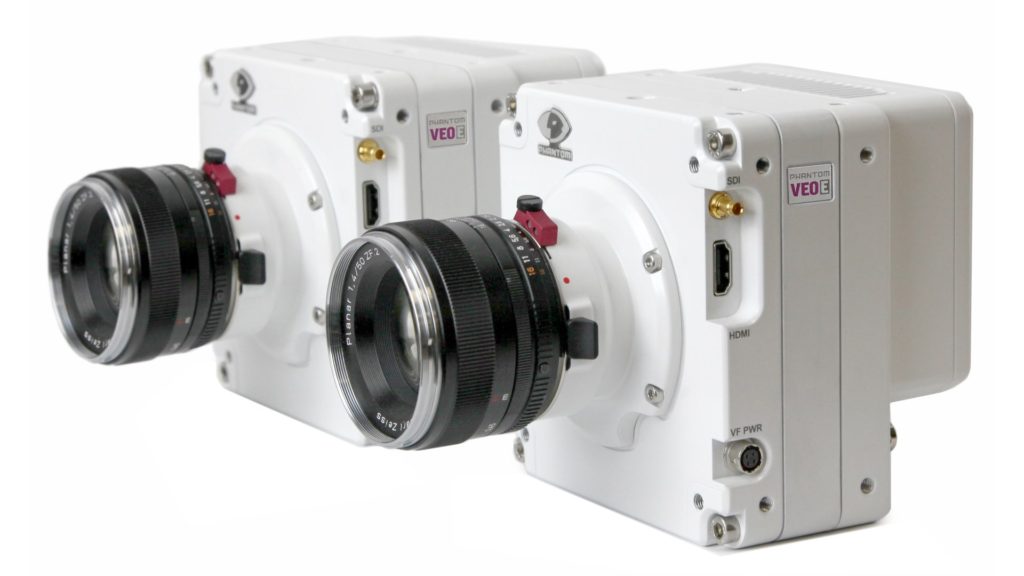
As stated by Vision Research: “These new VEO-E cameras come in a smaller, more lightweight body yet still offer many of the features that Phantom VEO-L cameras are known for. An HDMI output displays the image on standard monitors and TV screens – this is excellent for monitoring the live image and viewing the smooth slow-motion playback immediately once the camera has been triggered”.
“These new VEO-E cameras come in a smaller, more lightweight body yet still offer many of the features that Phantom VEO-L cameras are known for.”
[bctt tweet=”These new VEO-E cameras come in a smaller, more lightweight body yet still offer many of the features that Phantom VEO-L cameras are known for” username=””]
Phantom VEO camera series
Just a reminder, the VEO is the last series from Vision Research which is focused on more lightweight design, smarter form factor and lower price, compared to the Flex cameras. The VEO series consists of 6 cameras with similar features.
Click to enlarge the image below
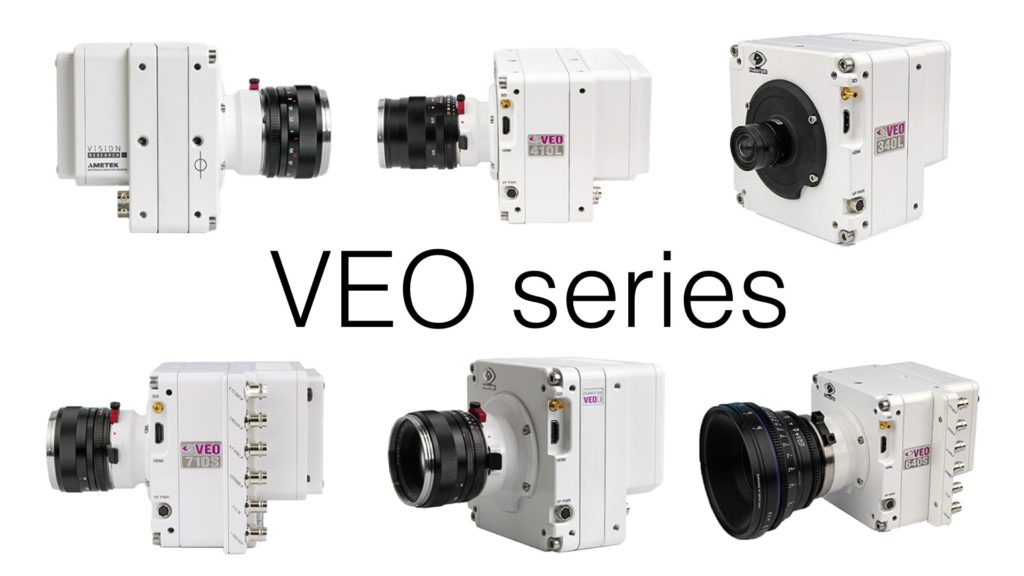
Phantom VEO-E 310L
The Phantom VEO-E 310L is a 3 Gpx/second high-speed camera with a 1 Mpx sensor delivered in 35mm format. Nikon, PL, C, and Canon EF (with electronic control) lenses are compatible with the VEO-E and alternating between them is simple and quick. The electronics are sealed to protest from airflow thereby lowering the possibility that dust will gather on the sensor.
[bctt tweet=”The Phantom VEO-E 310L is a 3 Gpx/second high-speed camera with a 1 Mpx sensor delivered in 35mm format” username=””]
Key Features
- HDMI and SDI video outputs
- Image-Based Auto Trigger (IBAT)
- Programmable I/O
- Cine RAW file format
- Max speed at full resolution of 1280 x 800 is 3,200 fps
- Max speed at reduced resolution of 64 x 8 is 650,000 fps
- Minimum frame rate of 24 fps
- CMOS sensor
- 1280 x 800 pixels
- 20 µm pixel size
- 25.6 mm x 16.0 mm
- 12-bit depth
- Global electronic shutter
- 18 GB, 36 GB high-speed internal RAM
- Record Times: 7.5 seconds at maximum frame rate
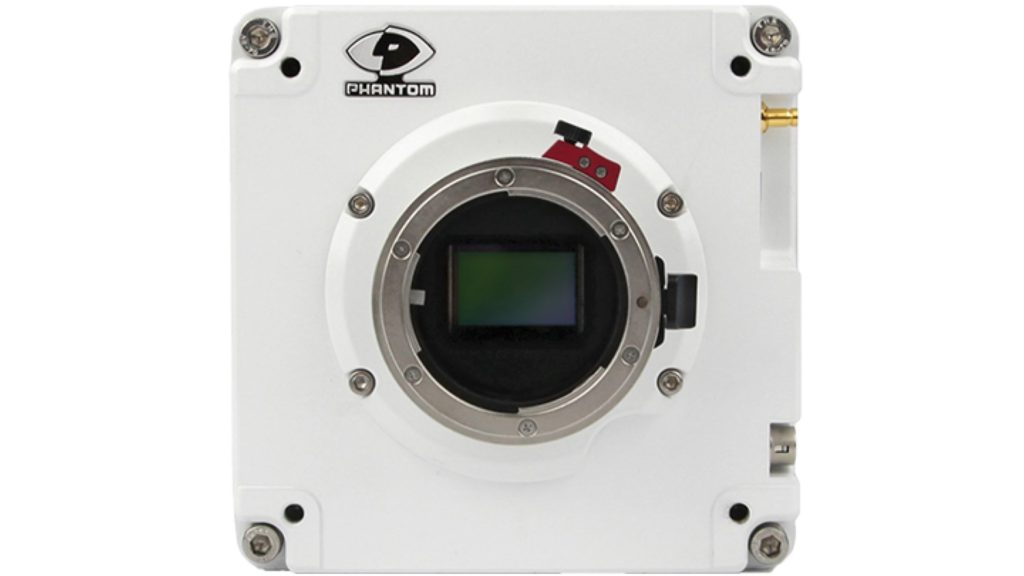
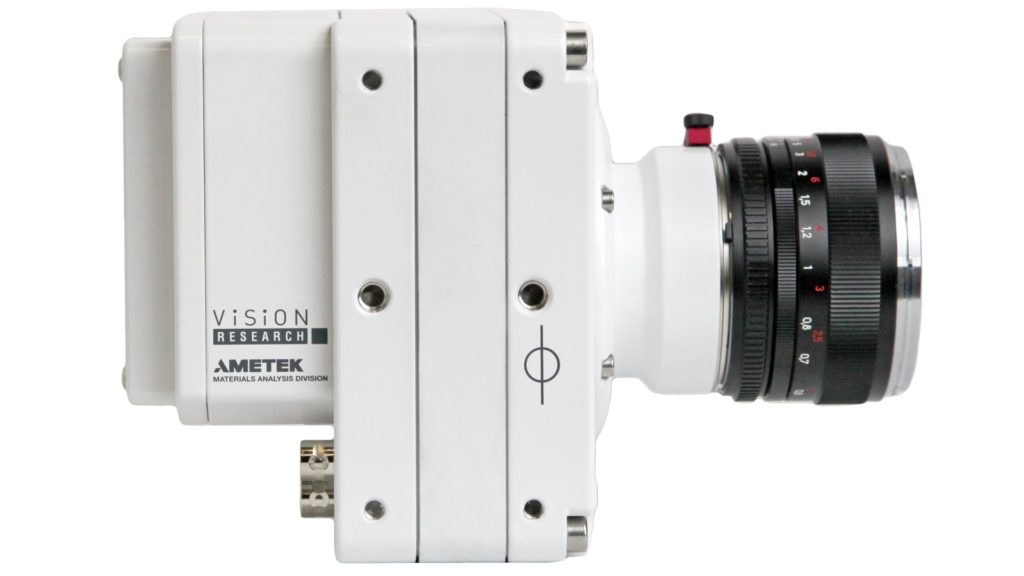
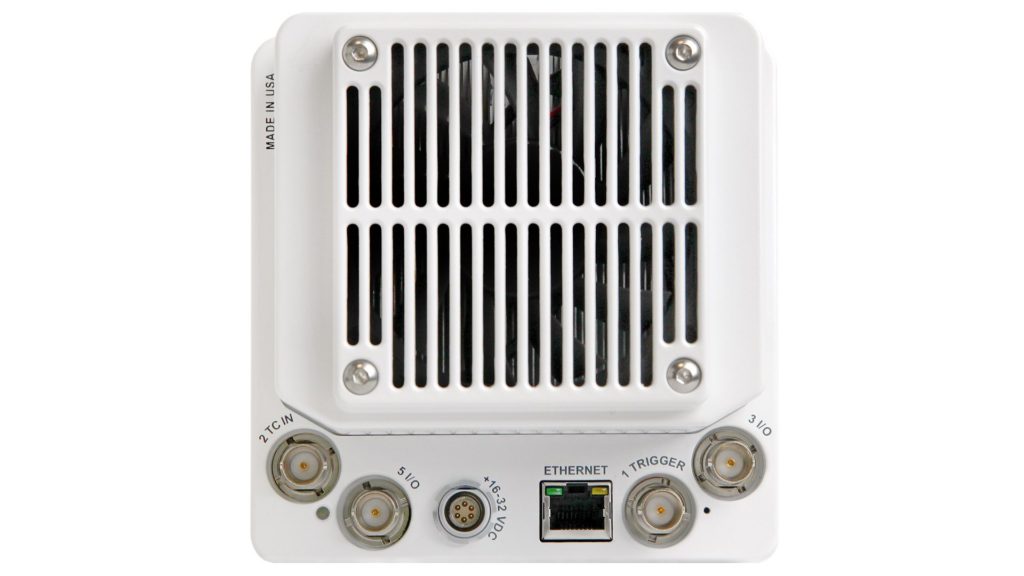
VEO-E 340L
The Phantom VEO-E 340L is a 4 Mpx sensor delivered in 35mm format and has higher capabilities regarding resolution, which means that this model (the VEO-E 340L) will be much more relevant for the film industry since the max resolution of the 310L is to low (1280 x 800). The 340L can deliver 2560 x 1600 resolution and 800 frame per seconds.
Take a look at the table below to explore the main differences between VEO-E models:
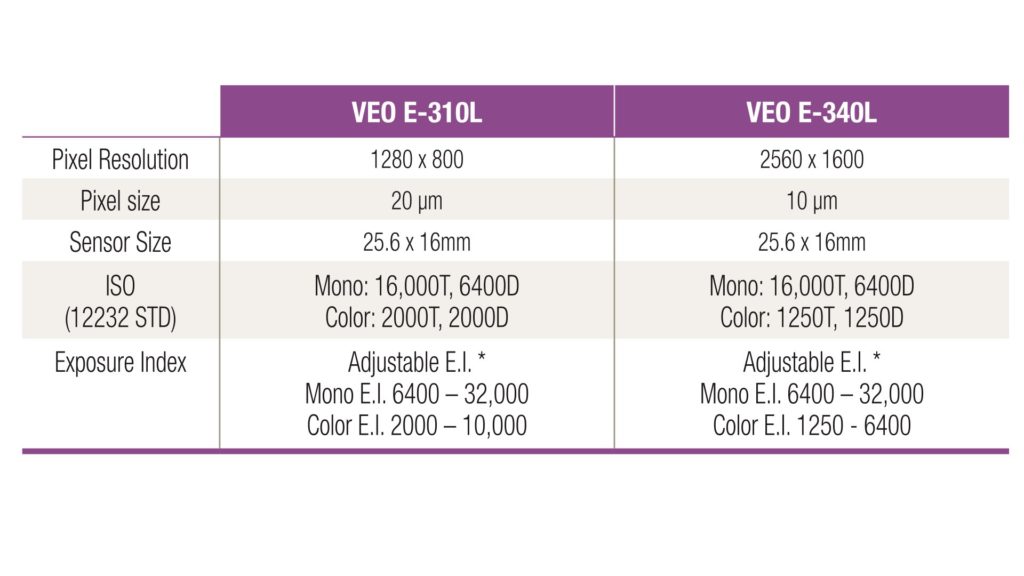
[bctt tweet=”The Phantom VEO-E 340L is a 4 Mpx sensor delivered in 35mm format and has higher capabilities regarding resolution, which means that this model (the VEO-E 340L) will be much more relevant for the film industry” username=””]
Codec: Cine Raw (.cine)
The codec is Phantom Cine Raw (.cine), which can be easily converted to other formats including h.264 mp4, ProRes .mov, AVI, Tiff, JPEG, DNG, and more using PCC. It’s important to note, that although Cine Raw files are compatible with many major NLEs, the conversion can cause some serious bottleneck in post.
For connectivity, there is Gb Ethernet in order to control and download using a standard Cat5e network cable.
For Connectivity there is Gb Ethernet in order to control and download using a standard Cat5e network cable.
As written above, the VEO-E is 20% smaller and lighter than the original VEO, which leads to facilitation when using those cameras in production, or in the case of a gimbal is needed, thus making those cameras more dedicated to filmmaking.
[bctt tweet=”The VEO-E is 20% smaller and lighter than the original VEO, which leads to facilitation when using those cameras in production” username=””]
Price: yet to be announced, but it’s not going to be cheap (around $60,000 give or take) if we take the VEO as a reference.
Did you get a chance to shoot with a Phantom? What do you think about making those great cameras a lot more affordable and production friendly?

